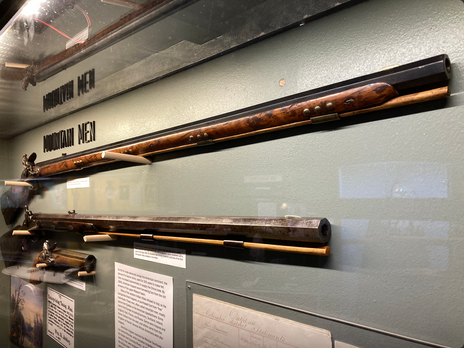For this assignment I chose the Russian Muzzleloader and the Lynx for a comparative analysis, since they both have very different considerations when considering the best ways to preserve them. The question doesn’t specify whether it is a lynx hide or the entire carcass that was being donated so I will assume it is the intact lynx for the purposes of this question. For ease of organization I will begin with the Russian muzzleloader.
The Russian muzzleloader is a composite system made up of wood, steel, and potentially brass parts, and given the age of the piece likely already has some damage to it. The first step of preservation would be analyzing and recording the existing damage, to determine what can be reversed or limited. The most likely agents of deterioration in this case are likely water, heat and pest (i.e mold) If the wooden components have cracks those might need to be filled in with glue, and any mold will need to be killed. If the steel components are rusted those will need to be cleaned if possible, and at the very least kept in a low relative humidity environment. Brass components can likely be polished to get rid of any tarnish. Apart from keeping the relative humidity low, the piece should be stored with minimal light and heat to prevent any mold growth or the wood drying out.
Since the lynx was a living creature the first step is to remove its internal organs and bones. Tissue samples might be taken of various organs, while the bones will need to be cleaned and collected for storage. Once the lynx has been skinned, the skin will need to be dried and potential stuffed as a taxidermized exhibit. Tissue samples will need to be frozen or stored in a neutral substance for preservation, while the bones will be kept in a sealed, label container in a low relative humidity, cool environment similar to what we used for the muzzleloader. The primary agents of decay for the bones and hide are going to be pests, as well as heat and light.
The primary concern with both items is properly stabilizing the objects, minimizing the damage prior to storage, since both items should be relatively stable once in a proper environment. My question for this discussion segment is this: what item of your own would you most want to see preserved, and what steps could you take now based on what you have learned from this class?
